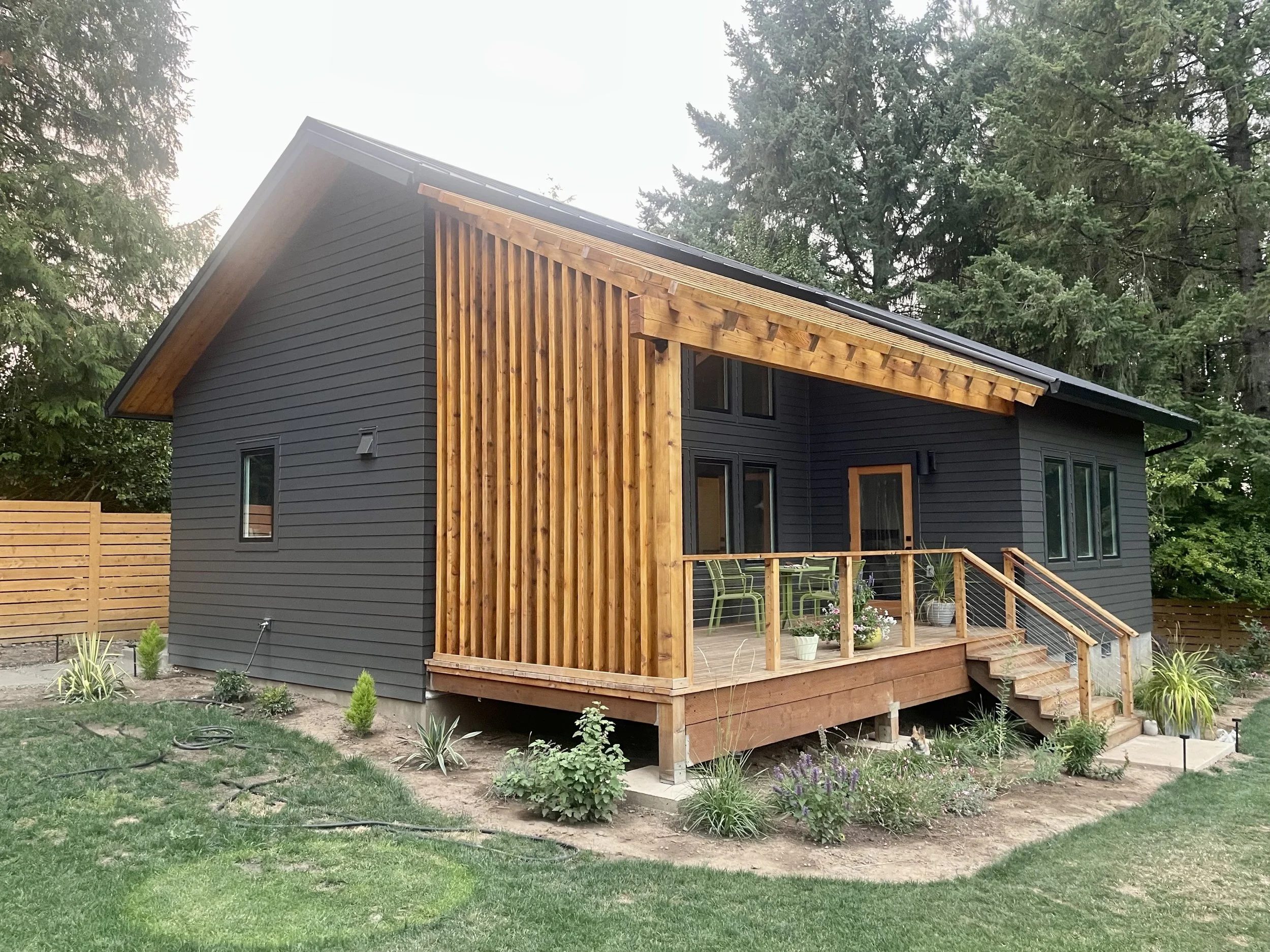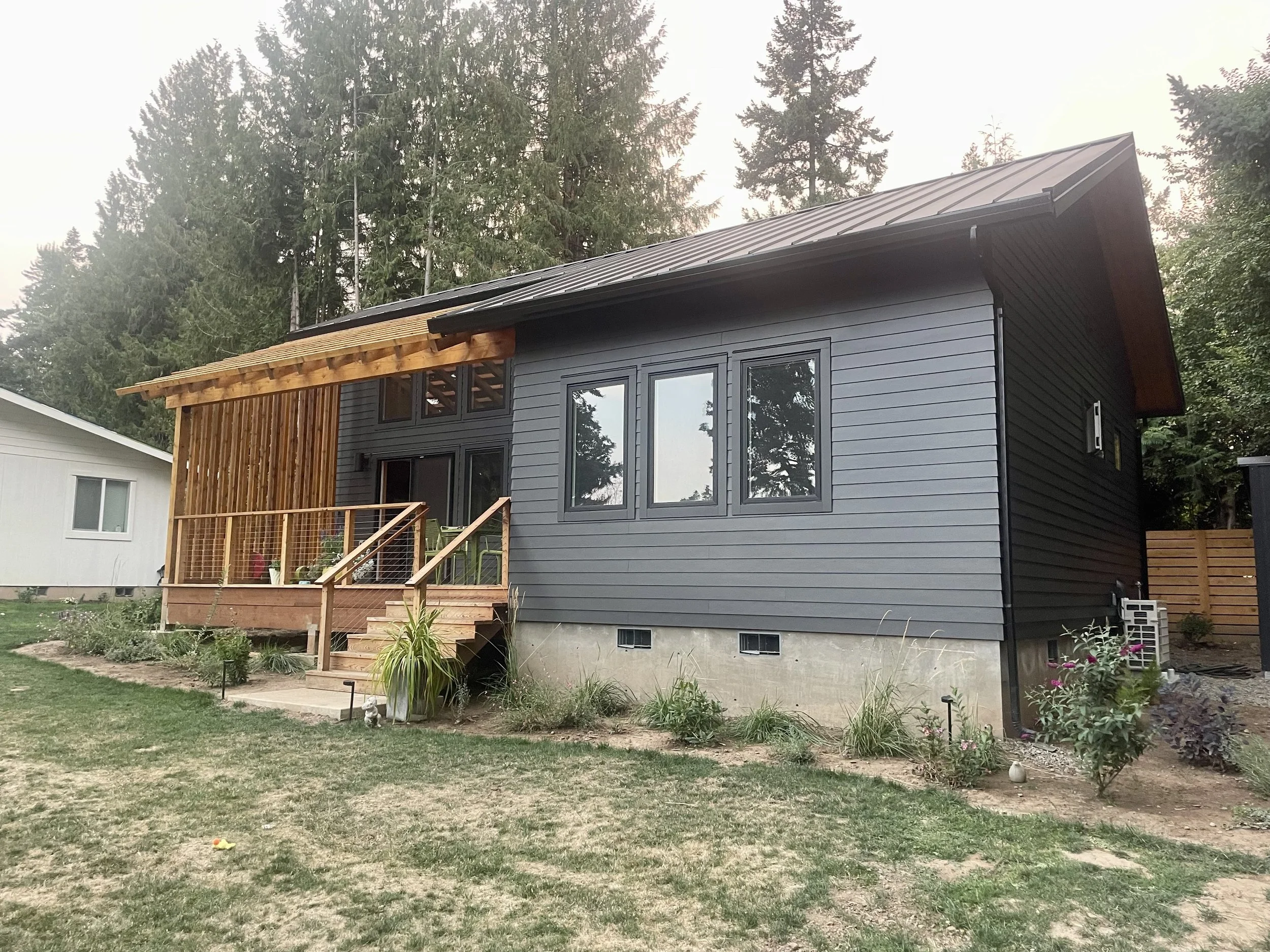As Accessory Dwelling Units (ADUs) and Junior Accessory Dwelling Units (JADUs) emerge as essential components in addressing California's housing needs, understanding the current state laws is crucial for homeowners. The California Department of Housing and Community Development (HCD) continuously updates its guidance to reflect the evolving legal framework, aiming for clarity and consistency.
What are ADUs and JADUs?
An ADU is an attached or detached residential dwelling unit providing complete, independent living facilities for one or more persons on a lot with a proposed or existing primary residence. It must include permanent provisions for living, sleeping, eating, cooking, and sanitation. ADUs can take many forms, including efficiency units and manufactured homes.
A JADU, on the other hand, is a smaller unit, no more than 500 square feet, that is contained entirely within a single-family residence. A JADU can have separate sanitation facilities or share them with the existing structure. Only one JADU is permitted per lot zoned for single-family residences.
The Benefits of Building an ADU in California
ADUs offer a wide range of advantages for California homeowners and the state's housing supply:
Affordability: ADUs are an affordable type of home to construct because they do not require paying for land, major new infrastructure, structured parking, or elevators. They are often built with cost-effective wood frame construction, which is significantly less costly than new multifamily infill buildings.
Income Potential: ADUs can serve as a valuable source of income for homeowners through rent.
Family Proximity and Aging in Place: These units allow extended families to live near one another while maintaining privacy. They also give homeowners the flexibility to share independent living areas with family members and others, facilitating older adults' ability to age in place.
Housing Supply: ADUs are making a difference in the housing crisis. Between 2016 and 2023, the number of ADUs permitted annually in California grew 20-fold, from 1,336 to 26,924. In 2023, ADUs made up over 21% of all homes permitted statewide.
Key Regulatory Standards for ADUs
Understanding the rules governing ADU development is essential to a smooth permitting process.
Permitting and Timing
ADUs that are subject to State ADU Law must be reviewed, approved, or denied ministerially—meaning without discretionary review or a hearing. The review is based on objective standards that involve no personal or subjective judgment.
A permitting agency generally has 60 days to approve or deny a complete ADU or JADU application if an existing dwelling is on the lot. If the agency fails to act within 60 days of receiving a completed application, the permit is "deemed approved".
Owner-Occupancy and Rental Terms
A local agency cannot impose an owner-occupancy requirement on any ADU. However, local agencies can require that ADUs be used for rentals with terms longer than 30 days. For JADUs, the owner must reside in either the remaining portion of the primary residence or in the newly created JADU, with limited exceptions.
Size and Height Limitations
While local agencies may set maximum unit sizes by ordinance, they must allow an ADU of at least 850 square feet, or 1,000 square feet for ADUs with more than one bedroom. Also, conversion ADUs—created from existing space within a primary dwelling or accessory structure—are not subject to these unit size requirements.
A local agency may impose height limits, but they may not be less than:
Detached ADUs: 16 feet on a lot with a proposed or existing single-family or multifamily dwelling unit. This increases to 18 feet if the lot is within a half-mile walking distance of a major transit stop or a high-quality transit corridor.
Attached ADUs: 25 feet, or the height limitation that applies to the primary dwelling in the local zoning ordinance, whichever is lower.
Setbacks and Parking
For an attached or detached ADU, a setback of no more than four feet from the side and rear lot lines can be required. Importantly, no setback is required for an ADU or JADU created within an existing living area or accessory structure, or an ADU created in a new structure in the same location and to the same dimensions as an existing structure.
Local agencies are prohibited from imposing parking standards on ADUs in a number of specific circumstances, including ADUs located within a half-mile walking distance of public transit, or ADUs that are part of the proposed or existing primary residence or an accessory structure. In general, parking requirements cannot exceed one space per unit or bedroom, whichever is less. Furthermore, if a garage or carport is demolished or converted for an ADU, the local agency shall not require that those off-street parking spaces for the primary unit be replaced.
Overcoming Homeowners Association (HOA) Restrictions
Covenants, conditions, and restrictions (CC&Rs) and operating rules that effectively prohibit or unreasonably restrict the construction or use of an ADU or JADU on lots zoned for single-family residential uses are void and unenforceable under the Civil Code. HOAs may impose limited objective standards on an ADU or JADU, such as requiring specific materials or architectural styles, but these standards cannot unreasonably increase the cost to build or effectively prohibit construction. HOAs may not influence a local agency's ministerial approval of an ADU or JADU.
Unpermitted Structures Built Before 2020
A local agency is precluded from denying a permit for an unpermitted ADU or JADU constructed before January 1, 2020, because the unit violates building standards, State ADU Law, or a local ordinance. Denial is only permitted if correcting the violation is necessary to protect public health and safety, or if the building is deemed substandard. Homeowners applying for a permit for a previously unpermitted ADU or JADU constructed before January 1, 2020, may also be exempt from impact fees or connection/capacity charges if they provide written evidence that their household income does not exceed the definition of a low- or moderate-income household.
Start Your ADU Journey with Confidence
The process of building an ADU can seem complex, but by understanding the State's ADU laws and leveraging expert resources, California homeowners can successfully navigate the process. HCD provides resources and technical assistance on these matters through its online ADU Portal.
As you prepare to unlock your property’s potential, remember that having the right tools and information is key. We offer specialized resources to simplify the complex journey from concept to completion:
California ADU Handbook: This free official handbook provides comprehensive guidance directly from the California Department of Housing and Community Development (HCD).
ADU Ebook: Your Complete Guide to California ADUs: This comprehensive guide dives deeper into the regulatory details, design options, and local considerations to ensure you start your project fully informed.
How To Finance an ADU Ebook: Navigate the financial landscape with our expert breakdown of loans, grants, and strategic financing options to make your ADU investment a reality.
Pre-Approved ADU Plans for Sale: Save time and avoid costly revisions by starting with code-compliant, thoughtfully designed ADU plans engineered for California's unique requirements.
Empower your project with the clarity and expertise you need to build with confidence.



